Posts tagged with 'furniture'

Moving frequently can be a challenge, especially when it comes to finding the right furniture to suit your needs. Furniture that is too bulky or heavy can be difficult to transport and set up, while furniture that is too flimsy can be easily damaged during a move. In this article, we'll explore some tips for choosing the right furniture for renters who move frequently.
Q: What should renters consider when choosing furniture for frequent moves?
A: When choosing furniture for frequent moves, renters should consider several factors. Firstly, they should look for furniture that is lightweight and easy to transport. This can include items such as collapsible chairs, folding tables, and modular storage units. Secondly, they should choose furniture that is durable and can withstand the wear and tear of frequent moves. This can include items such as metal-framed beds, plastic storage bins, and sturdy bookcases.
Q: What are some types of furniture that are ideal for renters who move frequently?
A: Some types of furniture that are ideal for renters who move frequently include:
Modular furniture: Modular furniture is designed to be easily assembled and disassembled, making it ideal for renters who frequently move. This type of furniture can include items such as sectional sofas, bookcases, and storage cubes.
Folding furniture: Folding furniture is designed to be compact and easy to transport. This can include items such as folding chairs, tables, and desks.

Q: How can renters ensure that their furniture is protected during a move?
A: Renters can ensure that their furniture is protected during a move by taking several steps. Firstly, they should wrap delicate items such as glass tabletops and mirrors in bubble wrap or packing paper. Secondly, they should disassemble any furniture that can be taken apart, such as bed frames and bookcases. This can make it easier to transport the furniture and can help prevent damage. Finally, they should use furniture blankets or moving pads to protect furniture during transport.
Another way would be when you purchase anything including furniture don’t throw the packaging away. You can reuse it for your next move.
Q: How can renters save money when buying furniture for frequent moves?
A: Renters can save money when buying furniture for frequent moves by choosing furniture that is versatile and can be used in a variety of settings. They can also look for deals on furniture at discount stores or online retailers. Additionally, they can consider renting furniture rather than buying it, as this can be a more cost-effective option for frequent movers.
In conclusion, choosing the right furniture for renters who move frequently can be a challenge, but by considering factors such as durability, transportability, and versatility, renters can find furniture that meets their needs. By taking steps to protect furniture during a move and by exploring cost-effective options such as renting furniture, renters can save money and make the process of moving less stressful. With the right furniture, frequent moves can be a breeze.
Check out our selections of furniture!

When it comes to decorating your room, choosing the right theme can make all the difference. A well-chosen theme can give your room a cohesive and polished look, making it a space that you'll love spending time in. However, with so many different styles and options to choose from, it can be overwhelming to know where to start. In this article, we'll discuss some tips and tricks to help you choose the perfect furniture-wise theme for your room.
Consider Your Personal Style
The first thing to consider when choosing a theme for your room is your personal style. Think about what kind of colors, textures, and patterns you're drawn to. Do you like a minimalist, modern look? Or do you prefer something more traditional and ornate? Take inspiration from your wardrobe, Pinterest boards, and Instagram feeds to identify your personal style.
Look for Inspiration
Once you have a better sense of your personal style, it's time to start looking for inspiration. Browse interior design magazines, home decor blogs, and social media accounts to find ideas that resonate with you. You can also look for inspiration in nature, art, and other areas of your life. Save images and ideas that you love in a mood board or Pinterest board to keep everything organized.
Think About the Mood You Want to Create
Another important consideration when choosing a theme for your room is the mood you want to create. Do you want a calming and relaxing space? Or do you prefer something more energetic and vibrant? The furniture and decor you choose can have a big impact on the mood of your room. Consider the materials, colors, and shapes of your furniture and decor, and how they will work together to create the atmosphere you're after.
Choose a Color Scheme
Once you have a sense of your personal style and the mood you want to create, it's time to choose a color scheme. This will be the foundation of your room's theme. You can choose a monochromatic scheme with varying shades of the same color, or you can opt for complementary colors to create a more dynamic look. Use your color scheme as a guide when choosing furniture, decor, and accessories.
Consider Your Space
Finally, when choosing a theme for your room, it's important to consider the space you're working with. If you have a small room, for example, you may want to choose furniture that is more compact and space-saving. If you have a large room, you can afford to be a bit bold with your furniture choices. Take measurements of your room and make a floor plan to ensure that the furniture you choose fits the space properly.
In conclusion, choosing a furniture-wise theme for your room can be a fun and exciting process. By considering your personal style, looking for inspiration, thinking about the mood you want to create, choosing a color scheme, and considering your space, you can create a cohesive and polished look that you'll love spending time in. Happy decorating!
Check our bedroom furniture collections!

We believe that breaking free of your comfort zone and exploring new styles of furniture is essential to creating a home that is uniquely yours. We offer a wide selection of stylish, modern furniture with a variety of colors, fabrics, and finishes to choose from. From classic to contemporary, we have something to fit any taste. Let us help you find the perfect way to break free of your comfort zone and explore new styles of furniture!
- Mixing and matching different elements from different eras can create a unique look. Try mixing antique furniture with more modern pieces to create a timeless, eclectic look.
- Incorporating upcycled furniture into your home can help reduce waste and give new life to items that may otherwise be discarded. Look for furniture made from recycled materials such as wood, metal, and plastic.
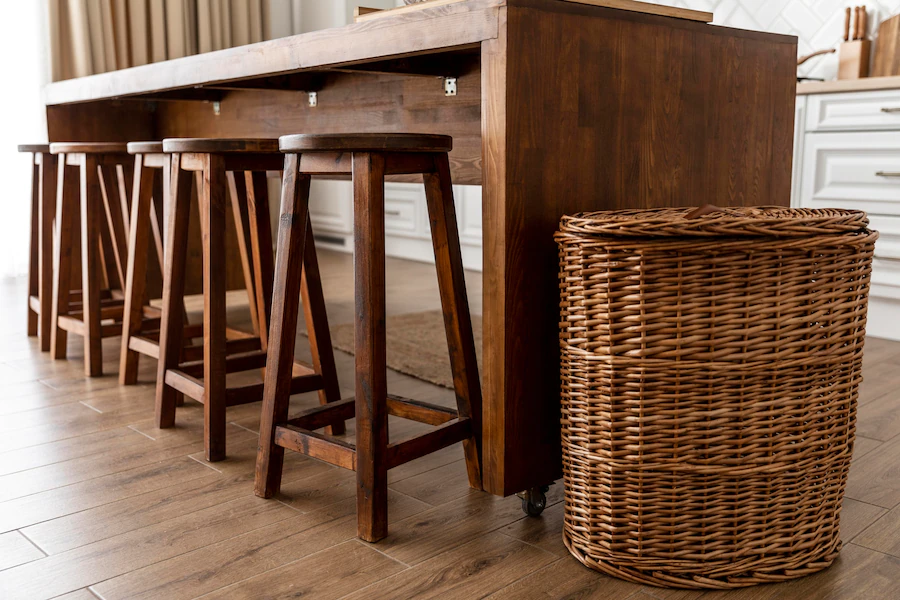
Make a statement with an oversized piece of furniture. An oversized sofa or armchair can help to anchor a room and make it feel more inviting.
Add texture and color to a room by incorporating velvet and leather furniture. Different textures and colors can bring a room to life and create a more interesting look.
- Embrace the industrial look by incorporating metal furniture. Metal furniture adds a modern, edgy look to any room.
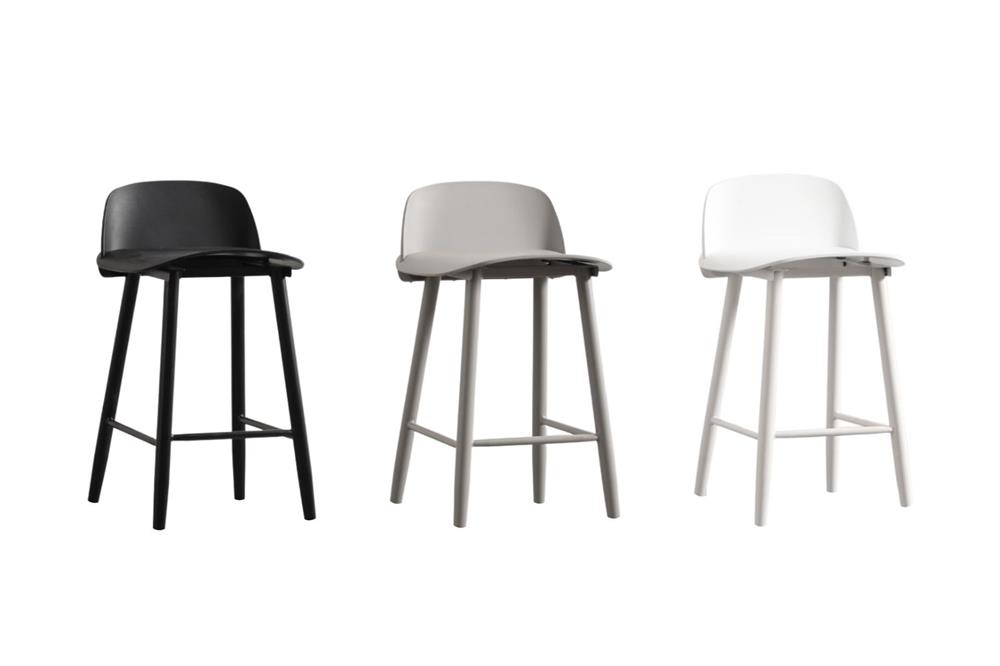
Add a pop of color by incorporating brightly colored furniture. Bright colors can help to brighten up a room and make it feel more alive.
Create a cozy, bohemian look with wicker furniture. Wicker furniture adds a rustic, boho vibe to any room.
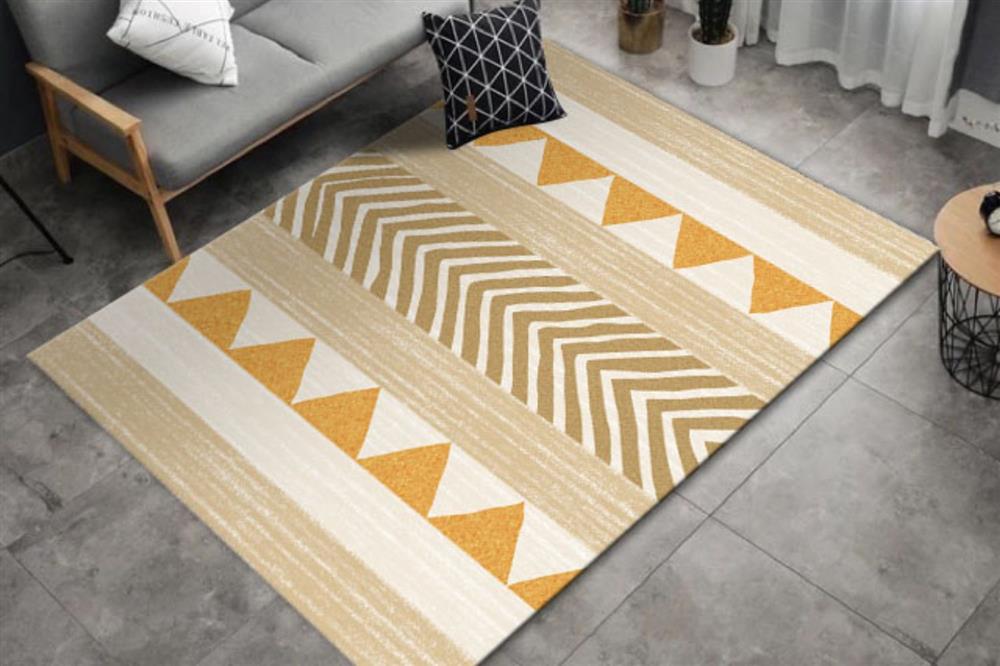
- Break away from traditional furniture shapes and explore more abstract forms. Abstract shapes can be unique, and eye-catching, and can add an interesting dynamic to a room. Look for furniture with curved lines, interesting angles, and asymmetrical shapes to bring an abstract flair to the room.
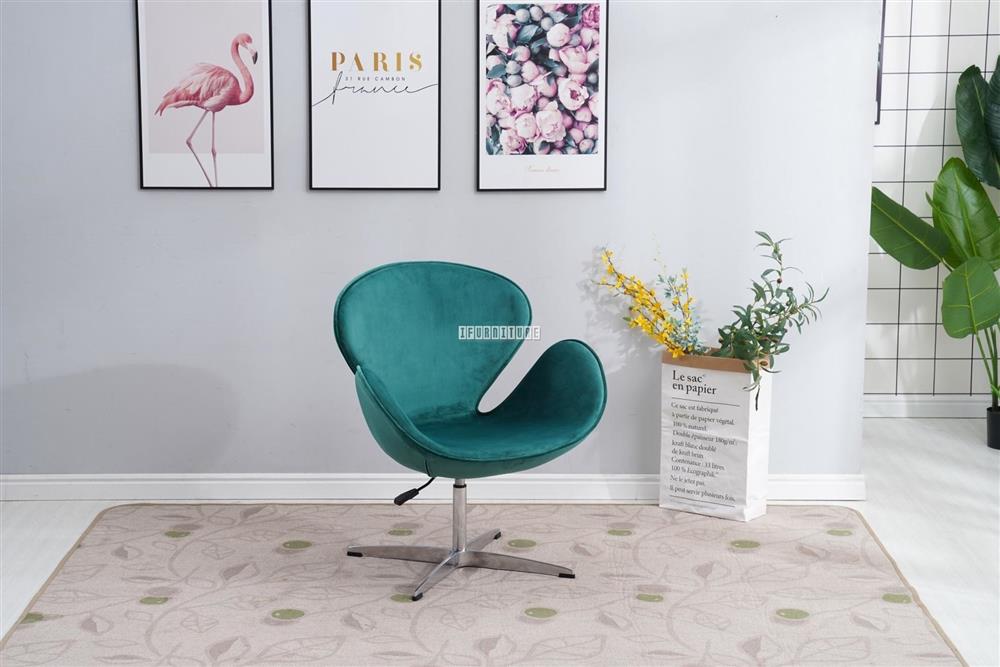
Experiment with outdoor furniture indoors. Outdoor furniture is designed to be durable and weather-resistant, which makes it perfect for indoor use in high-traffic areas. Look for outdoor furniture pieces such as benches, tables, and chairs that can easily be moved indoors for extra seating.
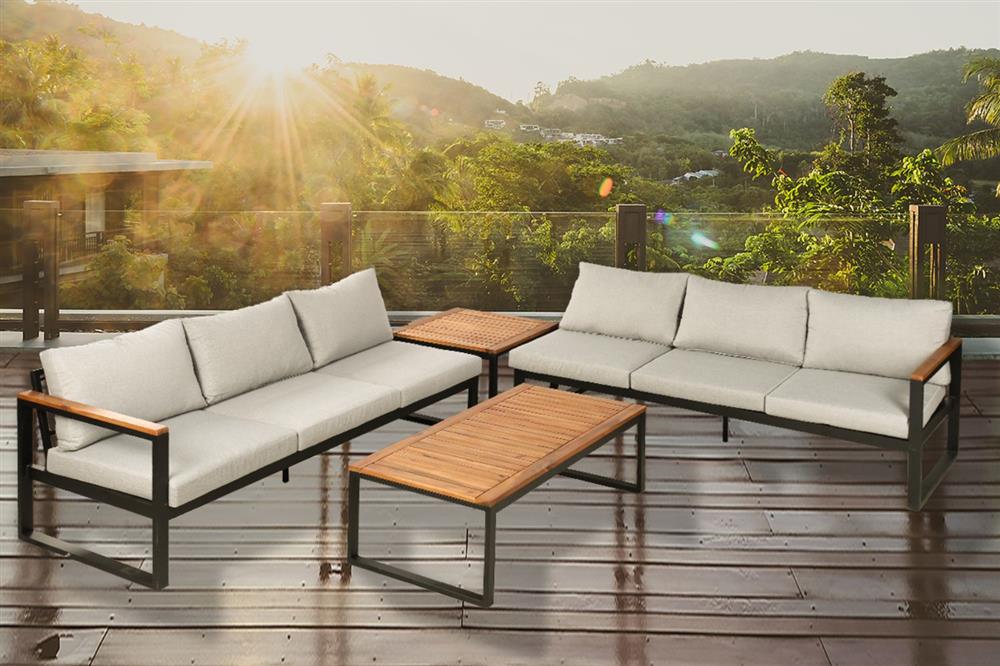
Use multi-functional furniture to add extra storage and seating. Look for furniture pieces such as ottomans, benches, and daybeds that can double as extra seating and storage. These pieces are perfect for small spaces and can help maximize the use of the available space.
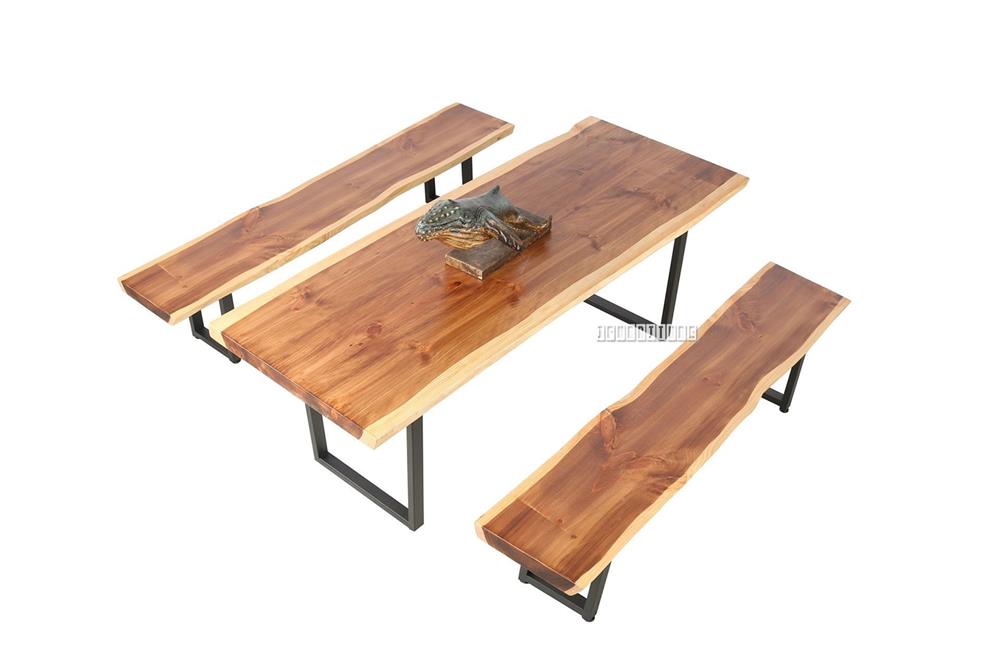
We are here to assist you in locating the ideal furniture pieces to make your home both comfortable and stylish. Our Customer Service and salespeople in Onehunga, Westgate, Hamilton, and Christchurch are here to help you find the perfect pieces for your style, budget, and lifestyle.

When it comes to choosing furniture, there are a variety of materials to choose from. Three of the most popular materials are solid wood, MDF (medium-density fiberboard), and particle board. Each of these materials has its unique strength, so it's important to understand the differences before making a decision.
Solid Wood Furniture
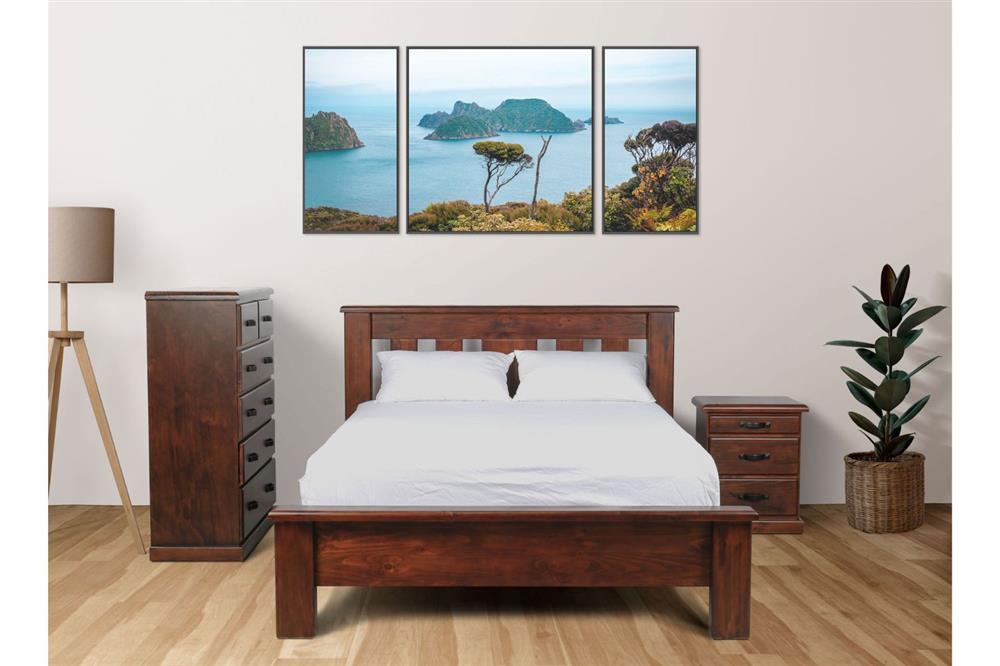
(DROVER Bedroom Range - Solid Pine Wood)
Solid wood furniture is made entirely from solid natural wood, rather than from composite materials like particleboard or MDF that have been glued together. It’s often considered the gold standard in furniture materials. The type of wood known for used in furniture is oak, pine, teak, acacia, and many other.
Solid wood is highly valued for its natural beauty, durability, and strength. Each piece of furniture has a unique grain pattern and colour that can vary from piece to piece due to its nature. The natural variations in the wood give a character and beauty that cannot be replicated by synthetic materials.
It's also known for its durability and longevity. Because it's made from one solid piece of wood, it's less likely to break, warp, or crack than furniture made from composite materials. With proper care and maintenance, it can last for generations, making it a worthwhile investment for homeowners.
However, solid wood furniture is generally more expensive than furniture made from composite materials. The cost of the wood, the labour involved in crafting the furniture, and the durability and beauty of the finished product all contribute to the higher price tag of this product.
MDF Furniture
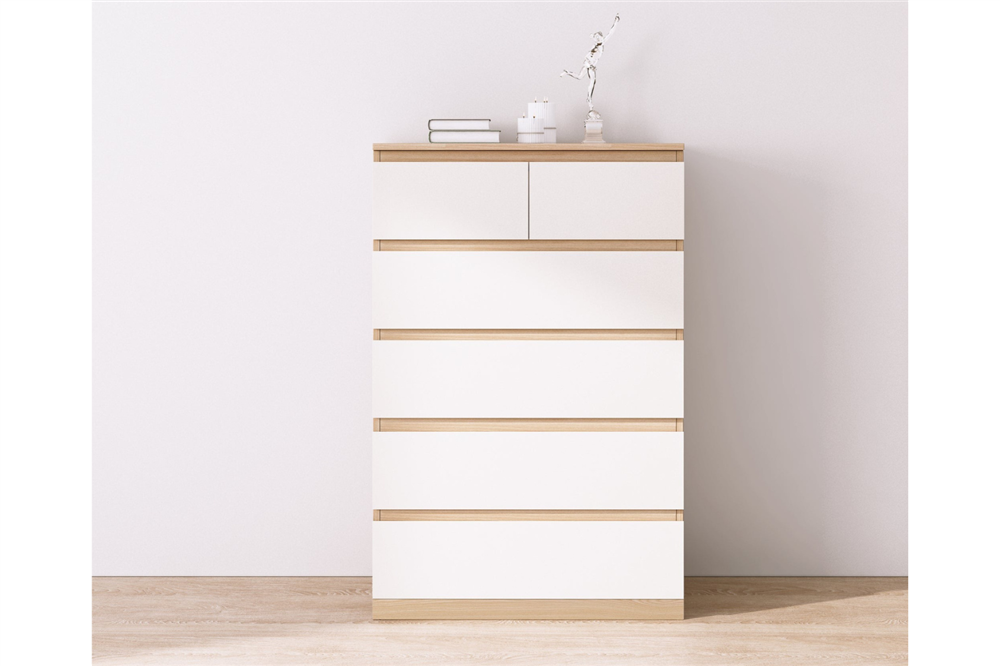
MDF stands for “Medium-Density Fiberboard”, which is a type of engineered wood product made from wood fibers that are combined with a synthetic resin adhesive and then pressed into boards under high pressure and temperature.
MDF is commonly used as a material for furniture because it is affordable, easy to work with, and has a uniform texture and density, which makes it suitable for a wide range of finishes and applications. MDF is also a more environmentally friendly alternative to solid wood because it can be made from wood waste and does not require the harvesting of new trees.
MDF can be used for a variety of furniture pieces, including cabinets, shelves, desks, and even decorative accents such as molding and trim. It is also a popular choice for painted furniture because it has a smooth surface that can be easily sanded and painted to achieve a uniform finish. However, MDF is not as strong or durable as solid wood and may be prone to cracking or chipping if subjected to heavy wear and tear.
Particle Board Furniture
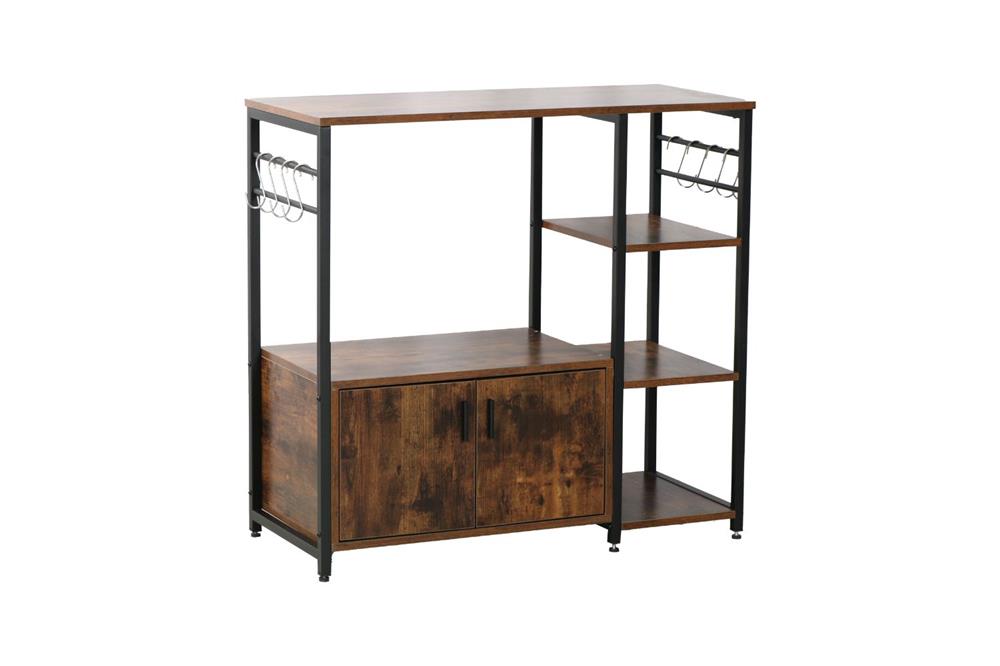
Particle board (PB) furniture is made from a composite material known as particleboard or chipboard. It can be made from wood particles, such as sawdust, wood chips, or shavings, that are mixed with a synthetic resin or binder and then formed into panels under heat and pressure.
Particle board furniture is often less expensive than solid wood furniture and is popular for its affordability. It is also a versatile material that can be used to create a wide range of furniture styles and designs. Additionally, because particle board is made from recycled wood waste and other materials, it is considered to be an environmentally friendly option.
However, it is not as durable as solid wood furniture and may be more prone to breaking or chipping under heavy use. Additionally, it's more susceptible to water damage than solid wood and may warp or swell if exposed to moisture for an extended period of time.
While particle board can be covered with veneers, laminates, or other decorative finishes to improve its appearance, it doesn't have the natural beauty and character of solid wood furniture.
You might think “It seems like MDF and Particle Board material are quite similar, are there any differences?” The answer to that is yes, there are differences.
Particle board and MDF (medium-density fiberboard) are both engineered wood products made from wood fibres that are compressed and glued together. While they have some similarities, there are also some key differences between the two materials, including:
- Density and Strength: MDF is denser and stronger than particle board. It is made by applying high pressure and temperature to wood fibres and a resin binder, resulting in a very dense and uniform material.
- Appearance: MDF has a smoother and more uniform surface than particle board. Because of its fine texture and density, MDF is often used for furniture that requires a smooth and consistent finish, such as painted surfaces. Particle board, on the other hand, has a rougher texture and is typically covered with veneers or laminates.
- Water Resistance: MDF is more resistant to water than particle board. Because MDF is denser and more uniform, it is less susceptible to warping or swelling when exposed to moisture. Particle board, on the other hand, is more porous and can easily absorb water, leading to warping or expansion.
- Price: Particle board is generally less expensive than MDF. Because particle board is less dense and less strong than MDF, it is less expensive to produce, which makes it a more affordable option for furniture manufacturers.
In conclusion, solid wood, MDF, and particle board are all popular materials for furniture, each with its own unique strength. When choosing furniture, it's important to consider factors such as durability, appearance, cost, and environmental impact to determine which material is the best choice for your needs and preferences. Explore our wide range of options from Bedroom, Living, Dining, and Office.

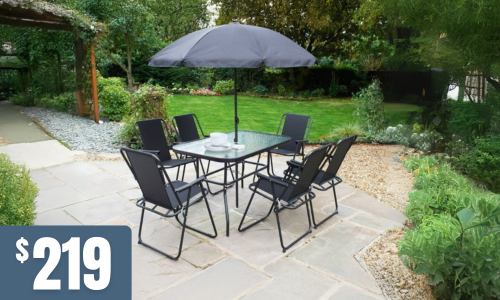


.jpeg)

 (3).jpeg)
